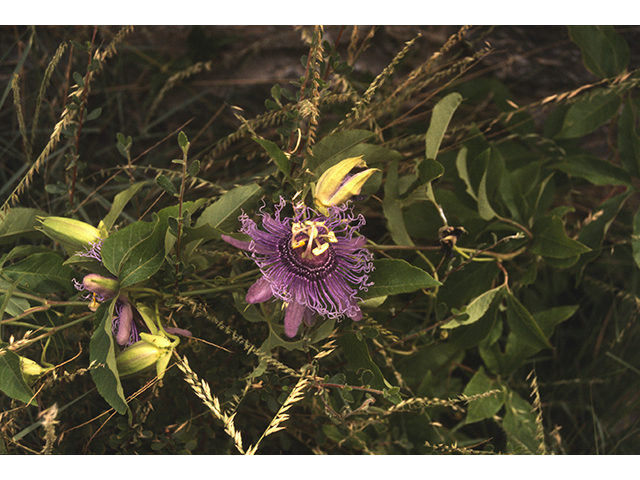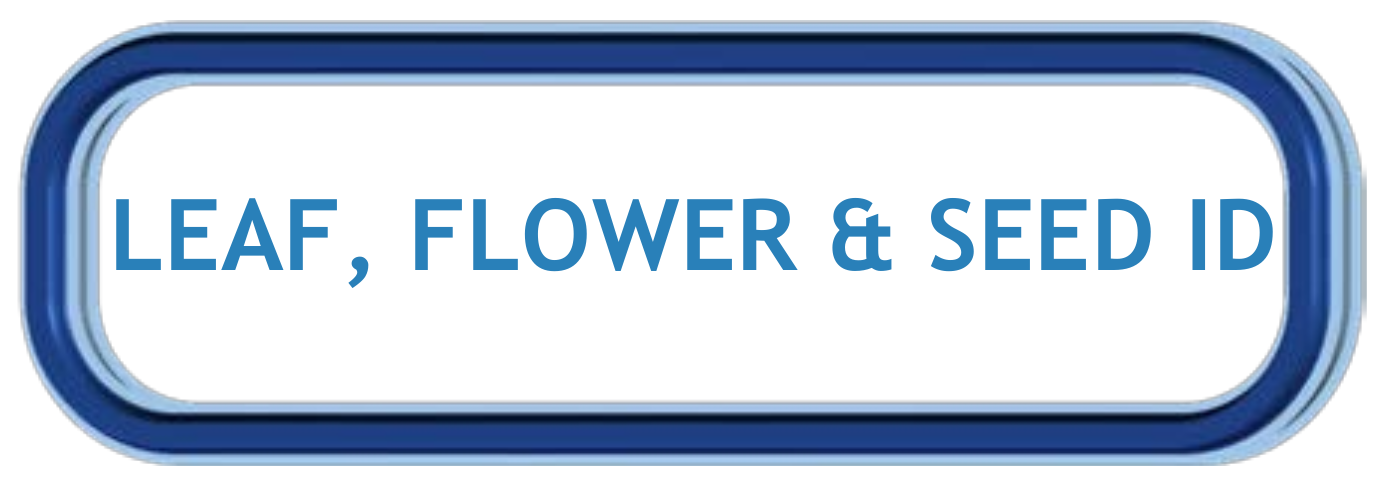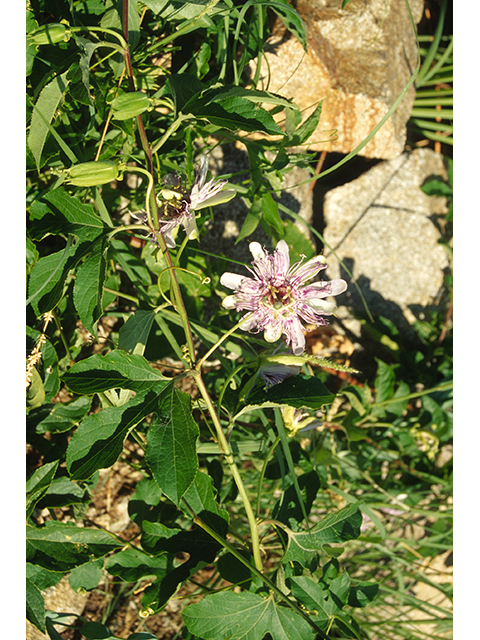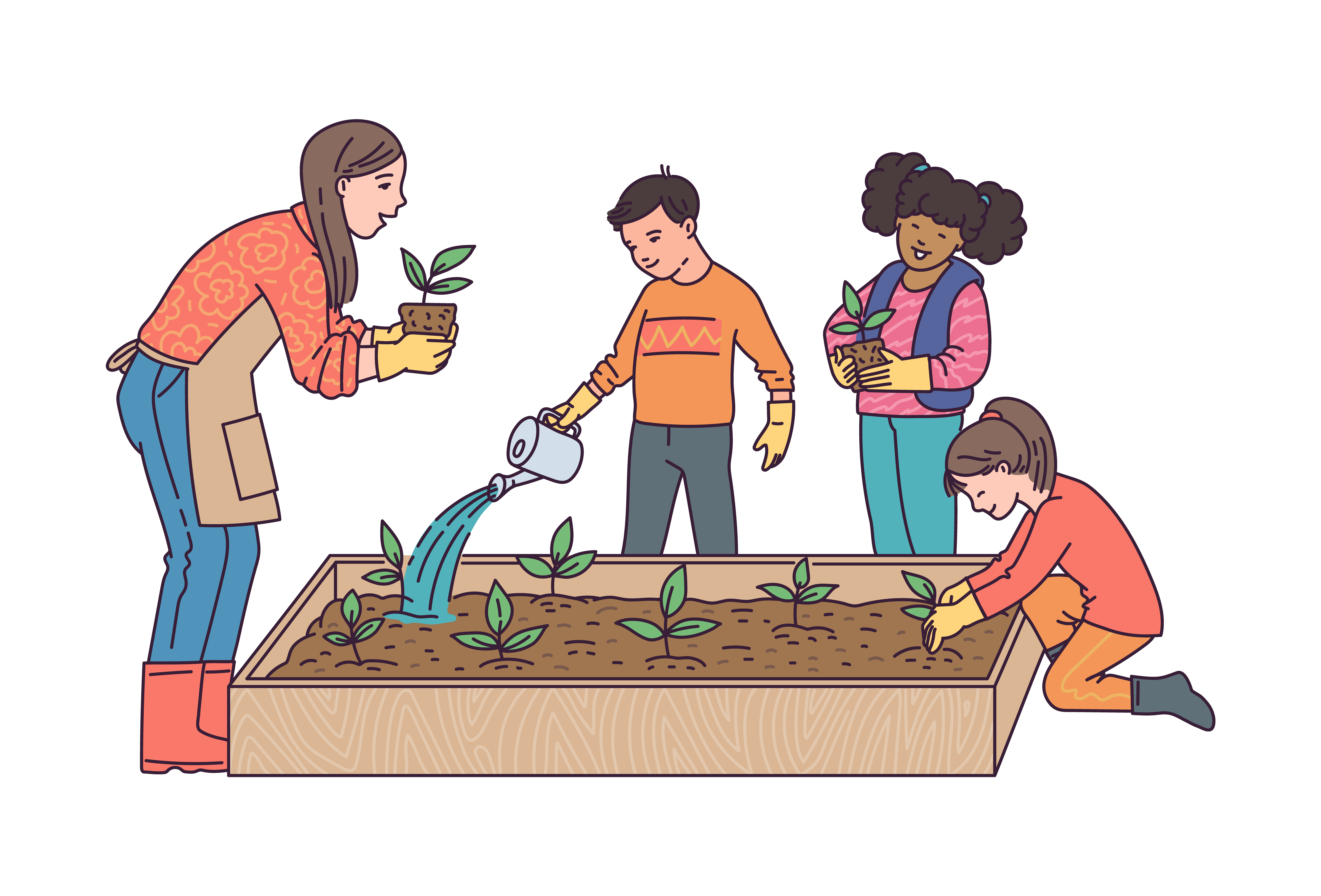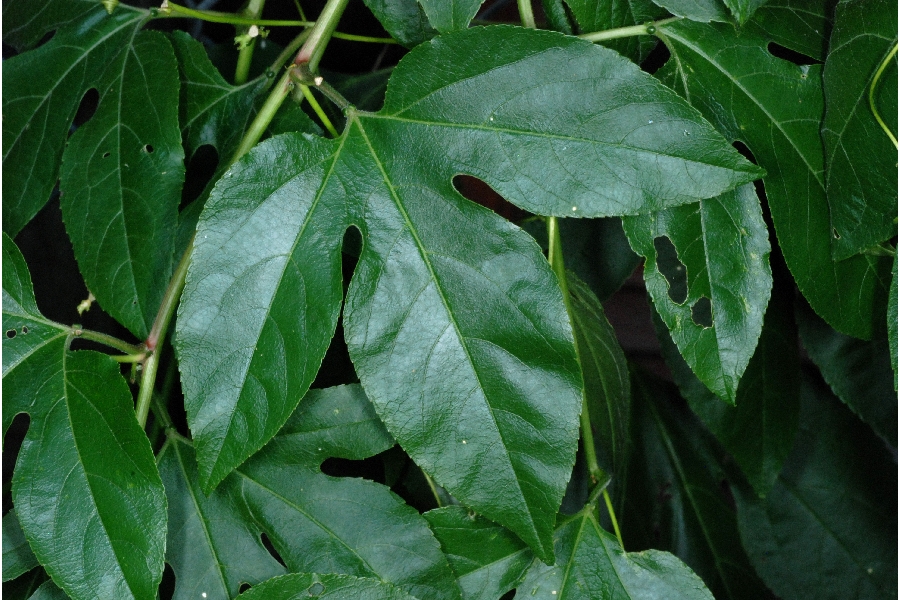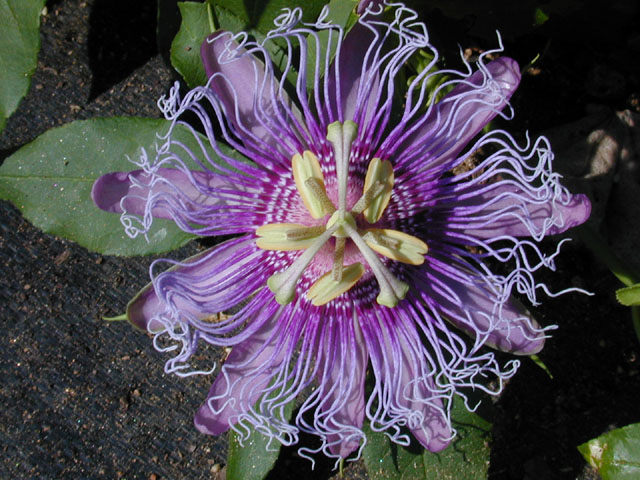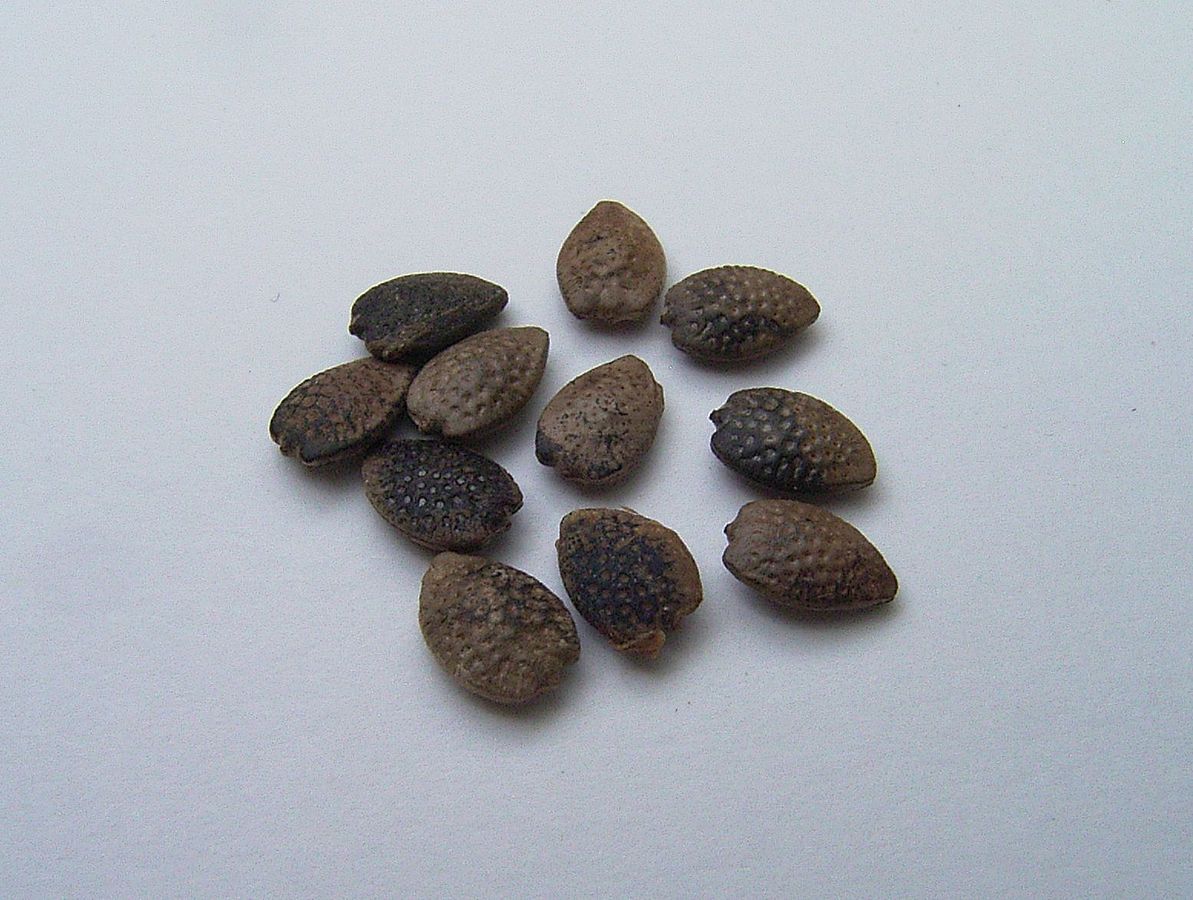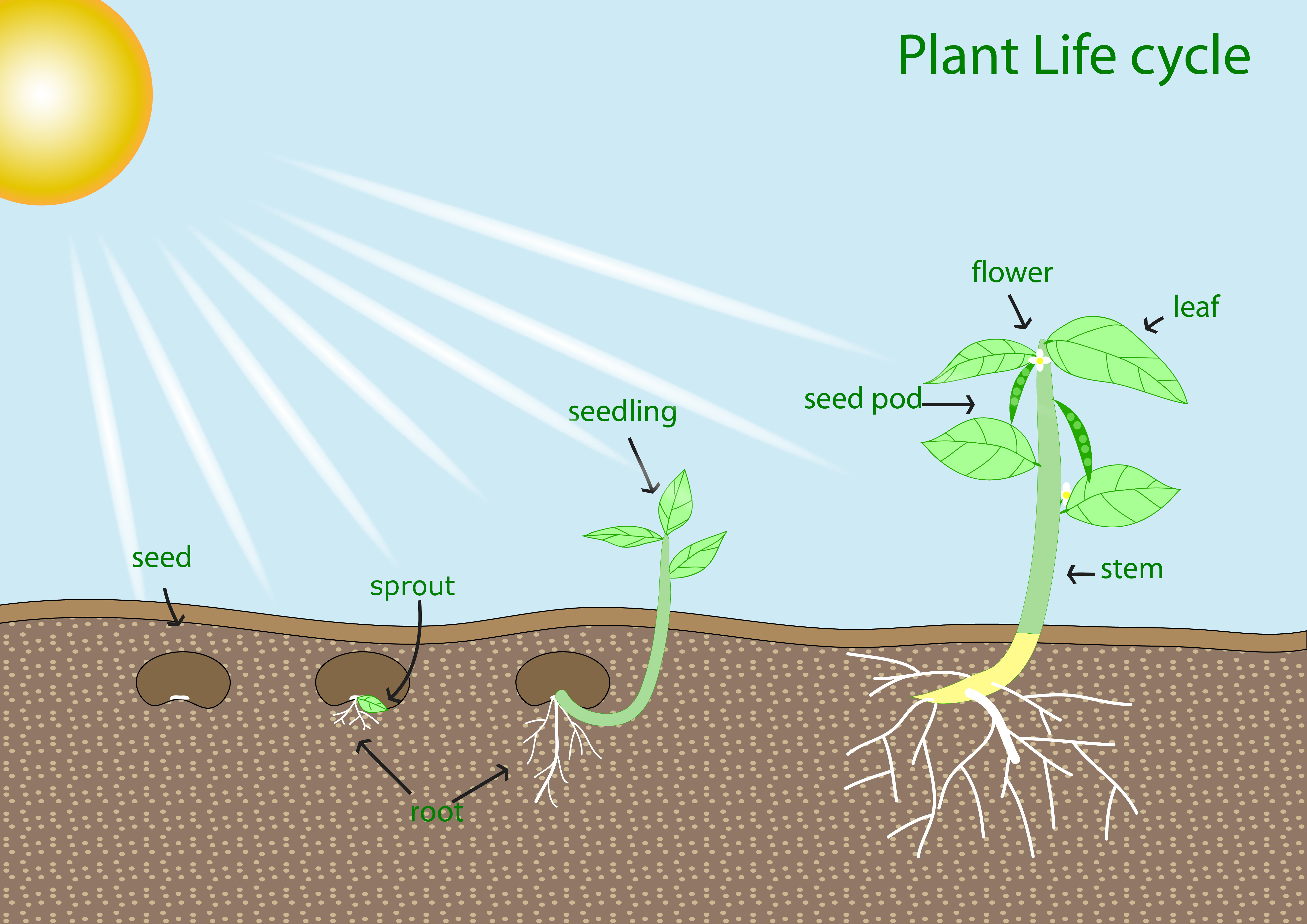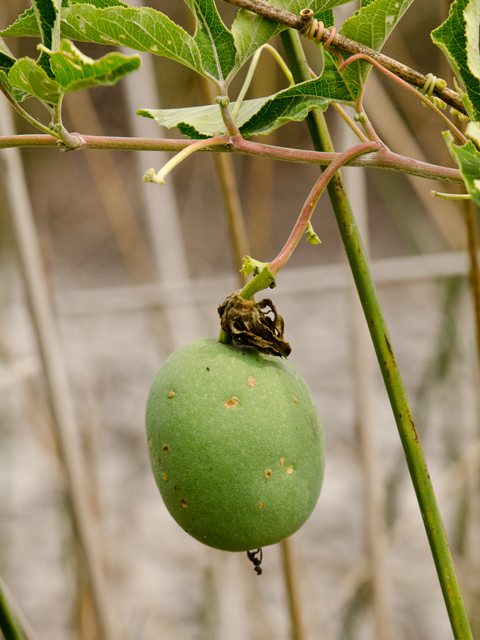Dig into Plants: Passionflower
Passionflower Vine Other Common Names: Purple Passionflower, Purple Passion Vine, Maypop, Apricot Vine Scientific Name: Passiflora incarnata Native to Alabama: Yes |
|
Lady Bird Johnson Wildflower Center Wynn Anderson Click on image to enlarge it |
Learn more about...
| Ecological Benefits |
| This plant provides food for: | |||
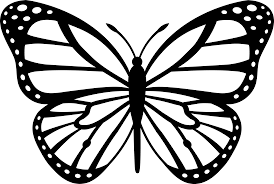 |
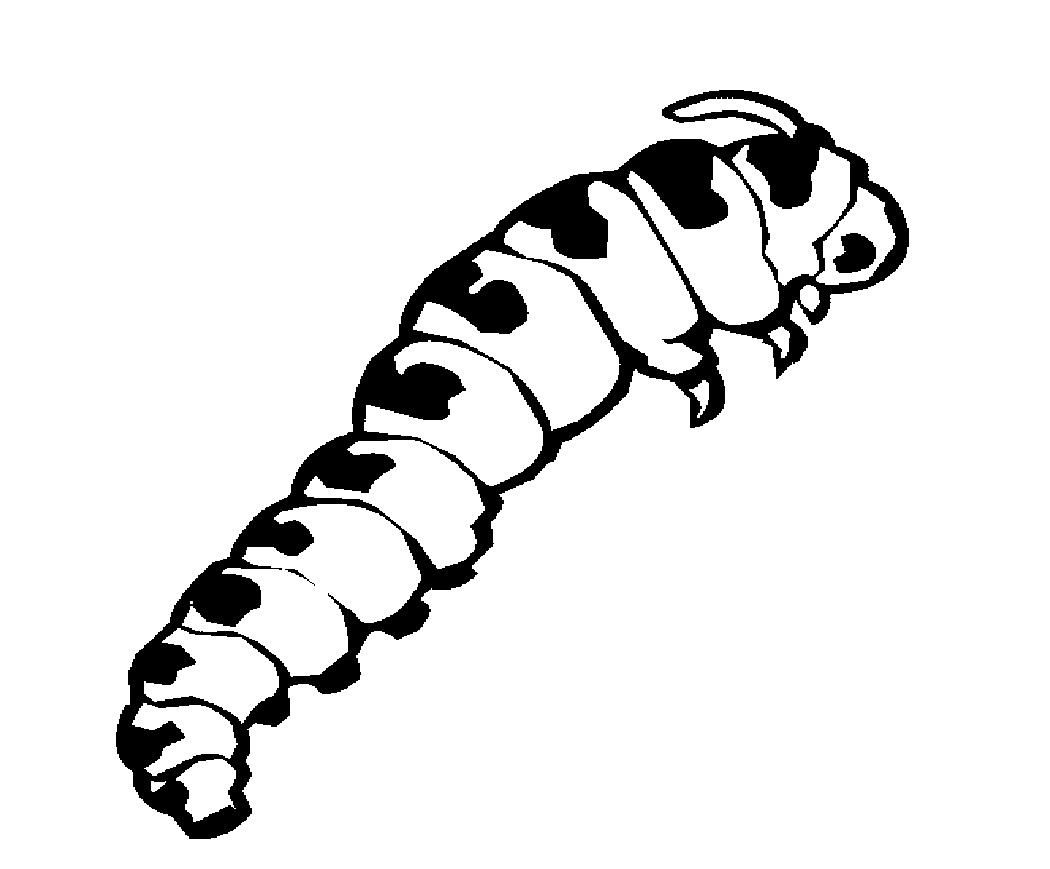 |
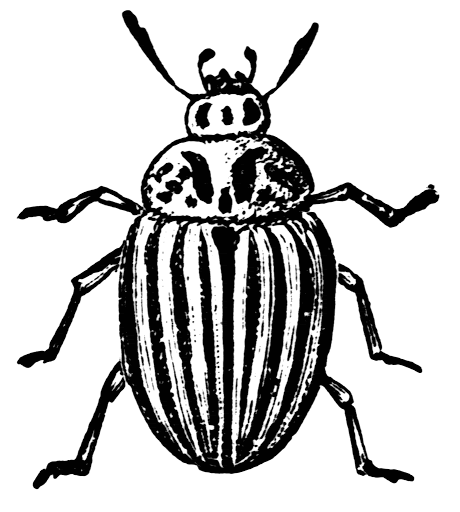 |
 |
| Butterflies | Caterpillars | Other Pollinators | Other Birds |
| Gulf Fritillary, Variegated Fritillary, Zebra Longwing, Banded Hairstreak, Red-banded Hairstreak |
|||
| Other Ecological Benefits: | |||
| Young tendrils are eaten by wild turkey; ants feed on the nectar and help defend the plant from herbivores | |||
| Other Plants Found in Alabama with Similar Ecological Benefits: |
|
|
Yellow Passionflower
(Passiflora lutea)
|
 |
| Habitat Requirements | |||
| This plant prefers: | |||
|
(6+ hours of sun per day) (2-6 hours of sun per day) |
 Average Watering |
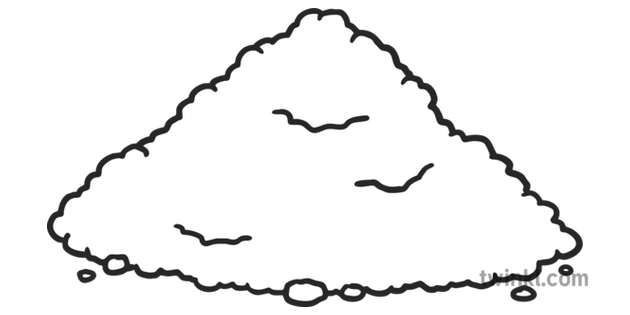 Well-drained, Sandy, Loamy, Clay, Well-drained, Sandy, Loamy, Clay,or Moist Soil |
|
| Leaf, Flower & Seed Identification | ||||
| LEAF DESCRIPTION |
USDA-NRCS PLANTS Database
Doug Goldman Click on image to enlarge it |
|||
| Leaf Characteristics Chart (JPG) | ||||
| Shape: Palmate |
Margin: Lobate |
Arrangement: Alternate |
Form: Simple |
|
|
|
|
|
|
|
| Description: | ||||
| Leaves are dark green above, whitish below, 3-lobed; climbs with axillary (between stem and leaf) tendrils (modified leaf structure used for support) or sprawls along the ground; base of each leaf has 2 extra-floral nectaries (glands that secrete a sugary fluid) to attract ants | ||||
| FLOWER DESCRIPTION |
Lady Bird Johnson Wildflower Center Marcus A Joseph Click on image to enlarge it |
|||
| Flower Shapes Chart (JPG) | ||||
| Color: | Shape: | Months: | ||
| Pink, purple, blue | saucer-shaped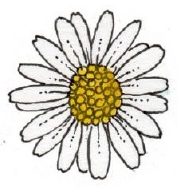 |
& tubulate |
April - Sep | |
| Description: | ||||
| Flowers are short-stalked and 2.5-3 inches in diameter; wavy or crimped hair-like crown sit atop 5 petals and 5 sepals, showy and erect pistil and stamen | ||||
| SEED DESCRIPTION |
Wikimedia
Density Click on image to enlarge it |
||
| Type: Fruit - Berry |
Description: Large, leathery, orange-yellow berry; mature berry is brown; about the size of a large oval hen’s egg; fruit contains many flattened, dark seeds, each covered with edible pulp |
Months in Seed: July - October |
|
| Plant spreads by: | |||
| Seeds and Rhizomes/ Tubers/ Roots & Shoots Often spreads rapidly by root suckers – grows from unintended buds on its roots. |
|||
ADDITIONAL RESOURCES FOR TEACHERS
| Quick Fact Sheet (Condensed Species Info) |
Plant ID Sign: Ready as-is PDF |
Plant ID Sign: Editable Word Doc |
QR Code (Links to this Webpage) |
INFORMATION SOURCES FOR THIS PLANT
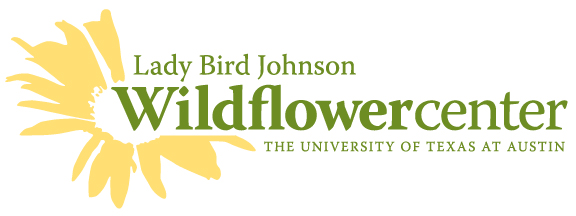 |
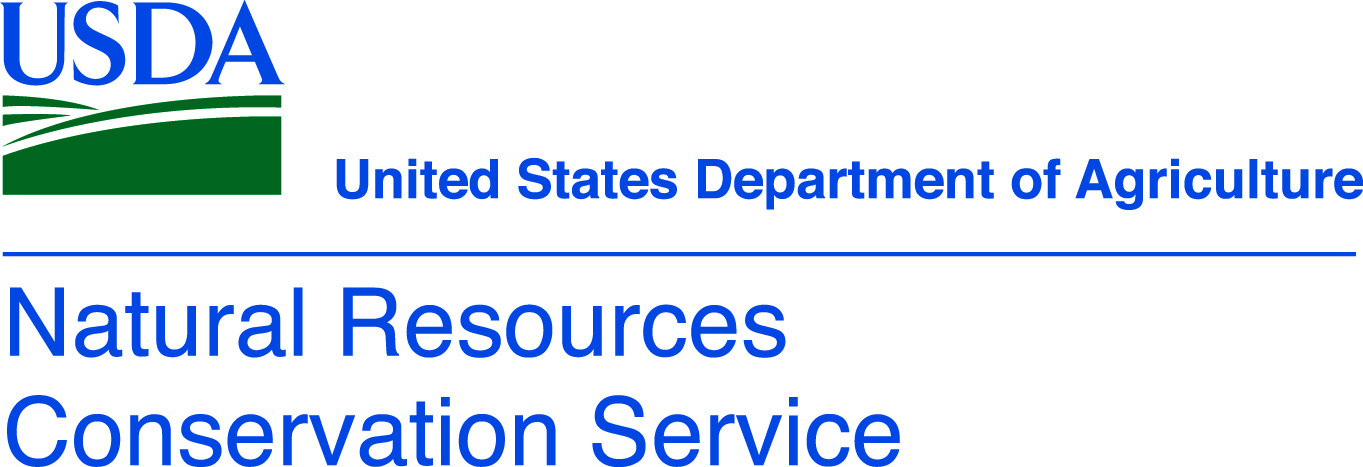 |
|
|
|
|
|
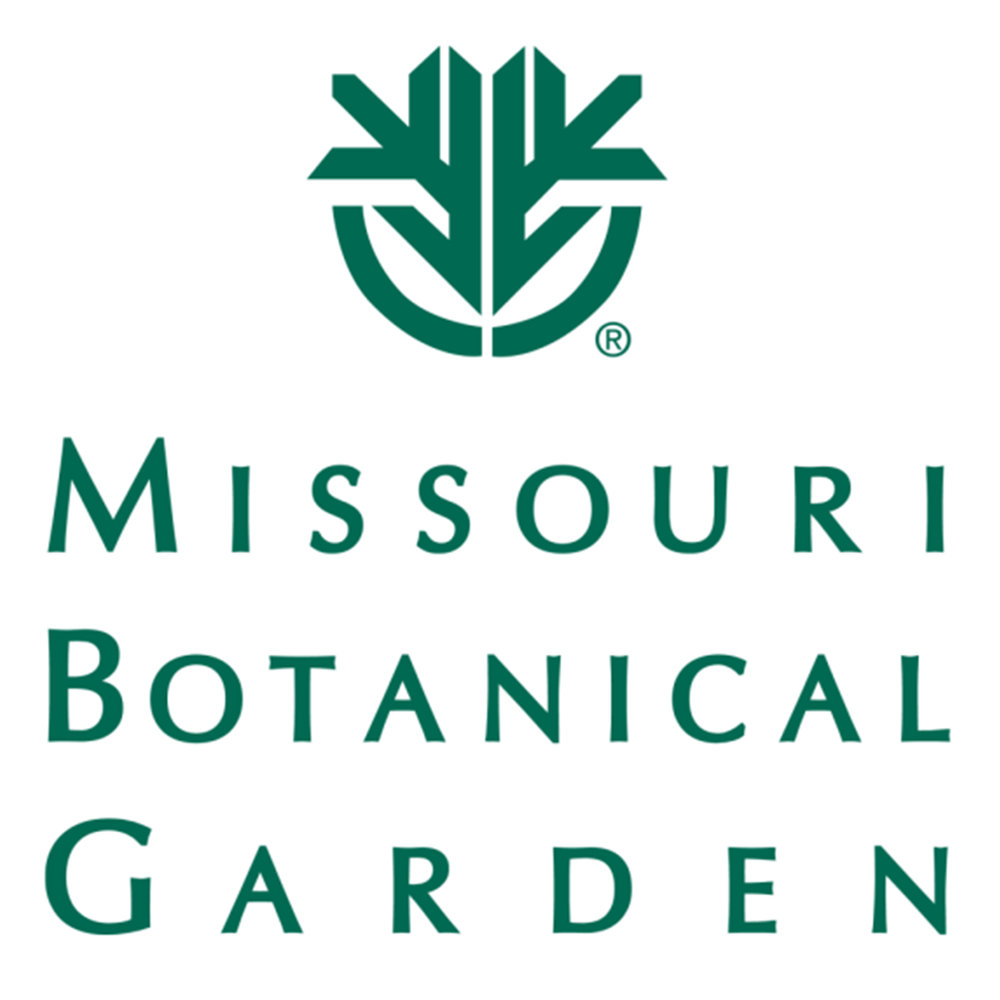 |
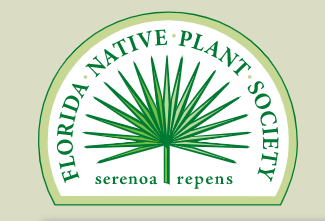 |
.
 Wildlife Tag
Wildlife Tag
